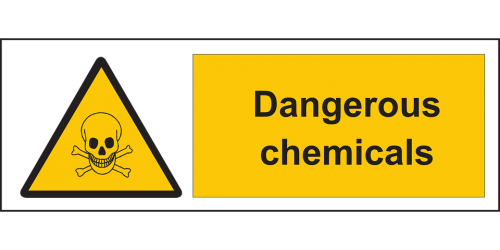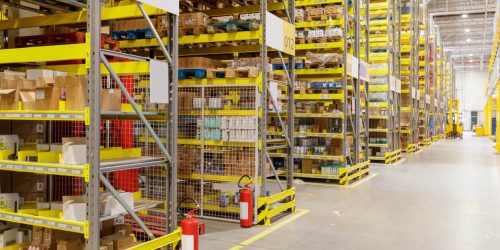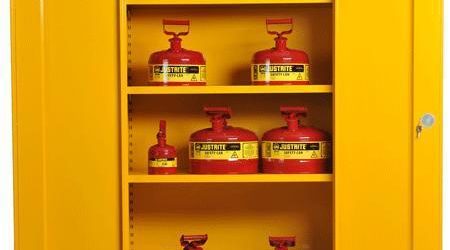Why every workplace should invest in a defibrillator
It is essential to prioritise safety and be prepared for emergencies in the workplace. One crucial aspect of ensuring the well-being of employees is having a comprehensive first aid kit. But why stop there? In this blog, we will explain the importance of going a step further and investing in a defibrillator. We will explore what should be included in such a kit, the benefits it brings to the workplace, and how to choose the right one.
Importance of having a defibrillator
Investing in a defibrillator can mean the difference between life and death. Having immediate access to a defibrillator can greatly increase the chances of survival for someone experiencing cardiac arrest. According to research, the use of a defibrillator within the first few minutes of cardiac arrest can increase the survival rate by up to 70%.
Cardiac arrest can occur anywhere, at any time, and to anyone. It can strike both young and old, regardless of pre-existing medical conditions. Having a first aid kit and a defibrillator close at hand allows trained staff to respond quickly and administer life-saving care. It brings peace of mind to know that the company is prepared for any medical emergency that may arise.
Benefits of having a defibrillator in the workplace
Workplaces are often bustling with activity as workers devote a large amount of their day to their work. Given the length of time spent at work, employees’ safety and well-being must come first. There are several advantages to having a defibrillator at work.
It shows a dedication to the well-being of the workforce. It demonstrates that the business respects the health of its workers and is equipped to deal with medical situations appropriately. This can promote a healthy workplace environment and improve staff morale.
Furthermore, having a defibrillator can help save lives. The workplace is not immune to medical emergencies and cardiac arrest can happen to anyone, anytime. By having a defibrillator on-site, you are providing immediate access to life-saving treatment, increasing the chances of survival for anyone experiencing a cardiac emergency.
In many countries, there are regulations and requirements for workplaces to provide adequate first aid resources. Failure to comply with these regulations can result in penalties and legal consequences. By investing in a defibrillator, you not only meet these requirements but also ensure the safety and well-being of your employees.
First aid regulations and requirements for workplaces
Workplaces are legally obligated to provide a safe and healthy environment for their employees. In many countries, this includes having adequate first aid resources readily available. The specific regulations and requirements may vary depending on the jurisdiction, but they generally require employers to have a comprehensive first aid kit and appropriate training for designated first aiders.
The Health and Safety (First Aid) Regulations, for example, outline the requirements for workplaces in the United Kingdom. Under these regulations, employers must provide suitable first aid equipment, facilities, and personnel based on the specific circumstances of their workplace. This includes having a fully stocked first aid kit, providing access to a defibrillator when necessary, and ensuring that employees receive the appropriate training to respond to medical emergencies.
By complying with these regulations, employers not only fulfil their legal obligations but also provide a safe and secure environment for their employees. It is essential to stay up to date with the specific regulations and requirements of your country or region to ensure that your workplace is fully equipped to handle medical emergencies.
How to choose the right defibrillator
Selecting the right defibrillator is an important choice that needs careful consideration. With a wide range of options available on the market, it is essential to consider several factors to ensure you choose the one that best suits your needs.
- Assess the specific requirements of your workplace: consider factors such as the number of people present, the nature of the environment, and any potential hazards. This will help you determine the placement and how many defibrillators you will need.
- Regulations and standards: ensure that the defibrillator complies with the relevant regulations and standards. Look for certifications such as the CE mark or FDA approval, which indicate that the device meets safety and performance requirements.
- Usability of the defibrillator: look for a device that provides clear and concise instructions, as well as audio and visual prompts to guide the user through the process. This is especially crucial in high-pressure situations where quick and accurate action is necessary.
Conclusion
In conclusion, having a defibrillator readily available increases the chances of survival in critical situations like cardiac arrest. Additionally, workplaces have legal obligations to provide adequate first aid resources, including a defibrillator when necessary. By choosing the right defibrillator and staying updated with the relevant regulations, you demonstrate a commitment to employee welfare and create a safe and secure environment. So, don’t wait until an emergency strikes – invest in a first aid kit with a defibrillator today. View our range of first aid kits and defribrillators here.






